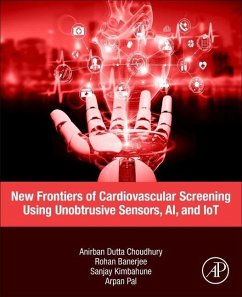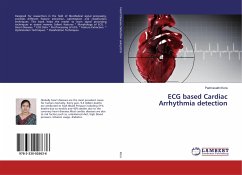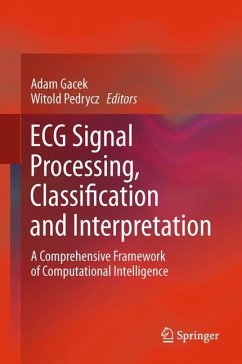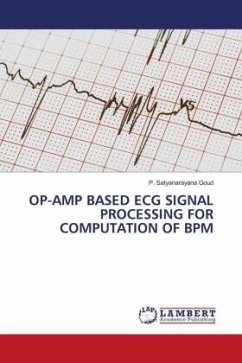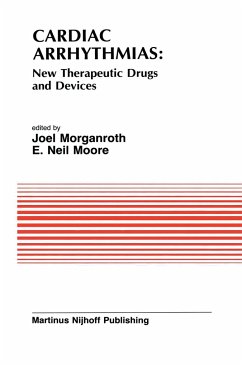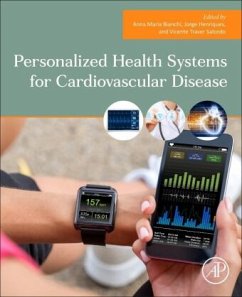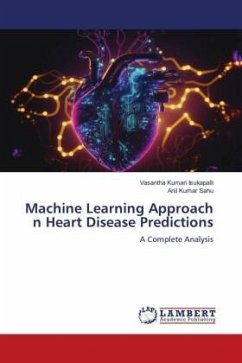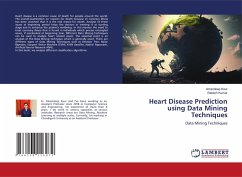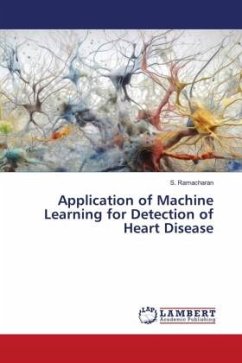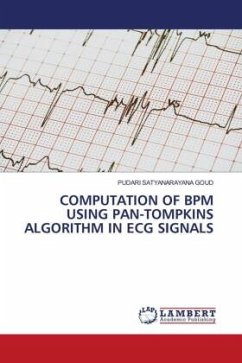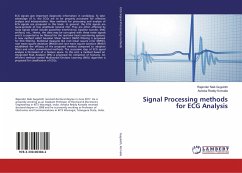
Signal Processing methods for ECG Analysis
Versandkostenfrei!
Versandfertig in 6-10 Tagen
43,99 €
inkl. MwSt.

PAYBACK Punkte
22 °P sammeln!
ECG signals give important diagnostic information in cardiology. To take advantage of it, the ECGs are to be properly processed for effective analysis and interpretation. New methods for processing and analysis of ECG signals are proposed in this book. In general, the ECG signals are quasi-periodic of low amplitude (several mV). They are often affected by noise signals which include powerline interference, baseline wander, EMG artifacts, etc,. Hence, the data may be corrupted with these noise signals and it is essential to be filtered for the real-time heart monitoring systems. A new method ca...
ECG signals give important diagnostic information in cardiology. To take advantage of it, the ECGs are to be properly processed for effective analysis and interpretation. New methods for processing and analysis of ECG signals are proposed in this book. In general, the ECG signals are quasi-periodic of low amplitude (several mV). They are often affected by noise signals which include powerline interference, baseline wander, EMG artifacts, etc,. Hence, the data may be corrupted with these noise signals and it is essential to be filtered for the real-time heart monitoring systems. A new method called Gaussian Mean Variant (GMV) filtering is proposed for ECG filtering. Statistical measures like root mean square error (RMSE), root mean square deviation (RMSD) and root mean square variation (RMSV) established the efficacy of the proposed method compared to adaptive filters and other conventional methods. The successive step of ECG signal analysis is formation of a feature space. To this end, a method based on Integrated Peak Analyzer (IPA) is proposed for extraction of features. An efficient method named Multimodal Decision Learning (MDL) algorithm is proposed for classification of ECGs.



